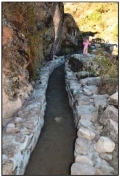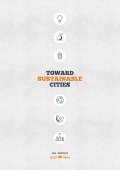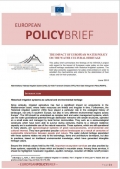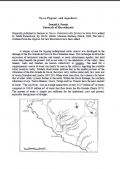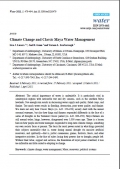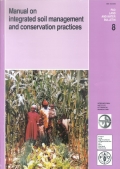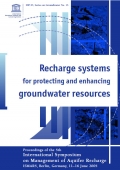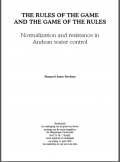water management
Lima made headlines this year when it announced it was restoring pre-Incan canals high in the Andes to address its water shortage. That, however, is just one small part of a nationwide shift towards “green infrastructure” that blends the natural ecosystem of the high Andes with man-...
Restoring a pre-Inca network of channels to ensure a steady flow of water from the mountains should help Lima meet some of its growing needs
In the mountains above the Peruvian capital Lima, the world’s second largest desert city, scientists are working with...
A new study finds that as greenhouse gas emissions and global temperatures continue to rise, mountain snowmelt will decrease.
Scientists like to think of mountain snowpack as a piggy bank that stores water for not-so-rainy days.
In California, for...
FAO LAND AND WATER BULLETIN 8
The processes of land erosion in various regions of Latin America and Africa have their origin in social, economic and cultural factors that translate into the over-exploitation of the natural resources and the application of inadequate...
The principle objective behind UNESCO’s International Hydrological Programme (IHP) has always been to develop a solid scientific and technological base for a sound management of water resources. Both aspects of quantity and quality of water resources are being addressed in the...

